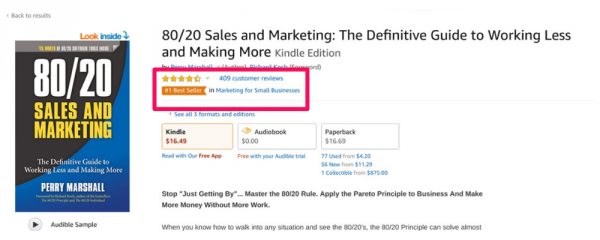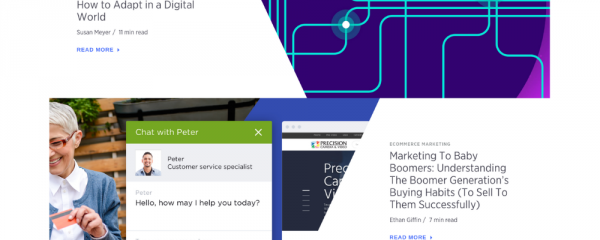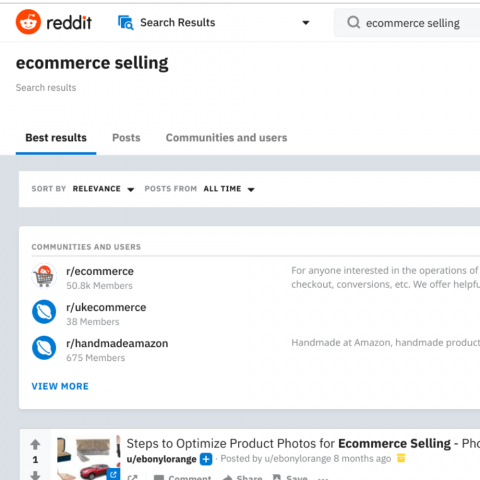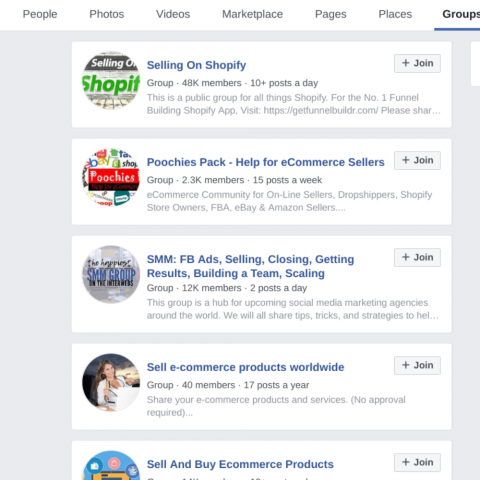Wondering what the best marketplace marketing strategy is?
If the answer is yes, you’ll love today’s post. We’ll walk you through, step by step, how to get both buyers and sellers to your marketplace.

Source: Pexel
Ready to learn the best marketplace growth strategies? Here we go.
Step #1: Make your marketplace marketable with this simple trick
First things first:
For your online marketplace strategy to work, your marketplace must be marketable.
What does this mean? You could have the best marketplace with the most amazing features. But without positioning it right, you won’t be able to market it.
So how do you make it a no-brainer for new users to sign up? Simple. It all comes down to showing people that you solve a specific problem.
For example, let’s look at a few of today’s biggest peer-to-peer marketplaces.
Airbnb
Today, Airbnb offers long and short-term housing rentals all over the world, as well as local experiences. But it didn’t start that way.
Instead, Airbnb started as a location-specific rental service for people who wanted to find alternatives to hotels. That’s where the name “Airbedandbreakfast.com” (the original website name) comes from — “air mattress” and “bed and breakfast.” The site only featured apartments in San Francisco.
Now, Airbnb is a multi-billion dollar company with vacation rental listings all over the world. It has also expanded to experiences.

Source: Twitter
Amazon
Amazon did not start as the world’s biggest ecommerce store. Instead, it was initially an online store that sold books at a time when selling books online was a novelty. Today, it’s the most valuable public company in the world and vendors can sell pretty much anything on the platform.

Source: Flickr
Uber
The idea for Uber came when its founders were at a tech conference in Paris and couldn’t find a cab. Initially, the app was exclusively a black car service and only available in a few cities. Today, you can order an Uber cab in most bigger cities.

Source: Flickr
Ask yourself: What problem does your marketplace solve? The problem needs to be specific so that your marketplace stands out.
For example, do you focus on a specific location? A service? A product?
Step #2: Why you need to know your market better than the back of your hand
Getting clear on the problem your marketplace solves is one thing. Next, for your marketplace marketing strategy to work, you need to know who your customers are.
And how do you figure it out? Simple. Go to where your audience hangs out online. By looking at what people are writing, you’ll quickly understand exactly what will make your marketplace users sign up.
Here’s how to figure it out:
Amazon
Search for books about your niche (for example, books about selling products online if you run an ecommerce marketplace). Look at the reviews people have left. How are they speaking about their dreams? Their hurdles to start selling online? Add the exact phrases to an Excel sheet.

Blogs
By reading blogs in your niche, as well as blog comments to posts, you will learn a lot about what users want from your marketplace. What topics are popular? What do the comments talk about?

Source: BigCommerce
Talk to people
Finally, the best source of information is to talk to your audience. Interview them and ask what they’re looking for. You’ll be surprised by the insights you can get.
Once you have your research gathered in your Excel sheet, look it over. What patterns do you see? Use your customers’ exact words in your marketing.
Why? Because it’ll feel exactly like you’re reading your users’ minds. Your customers will see the benefits of your marketplace and sign up.
Step #3: How to get more users to your marketplace
Now you know what problem you solve and who your target audience is. It’s time to learn how to quickly grow your marketplace user base.
First, you need to solve the “chicken or egg” problem.
What this basically means is that you need to get both sellers and buyers to your marketplace. If you get more sellers, they will ultimately leave if there are no buyers. If you get more buyers, they will, in turn, leave if there are no products or services available.
So how do you get an equal number of sellers and buyers to your marketplace? Let’s find out.
Get sellers to your marketplace
To grow the number of sellers on your marketplace, focus on marketing to people who are already sellers on other marketplaces. Why? Because these sellers understand the value of marketplaces and so they’re easier to convince.
Where do you find sellers? Simple. Here are the best places to find sellers for your marketplace:
Online forums
There’s an abundance of online forums online. And guess what? Your audience hangs out in these forums. By engaging in them and helping people, you can then ask them to join your marketplace.
Make sure that you target relevant marketplaces. For example, if your marketplace helps ecommerce vendors sell products, you should spend your time in forums for ecommerce vendors.
Not sure how to find those forums? Go to Reddit to search for relevant Subreddits.

Or go to Facebook to search for Facebook groups.

Alternatively, use these search phrases in Google:
“Keyword” + “online discussion board”
“Keyword” + “online forum”
Other marketplaces
If you want to find a fish pond of your target audience, go to marketplaces where sellers are already selling.
This is how Airbnb grew fast. They got people from Craigslist, who were already renting out apartments, to sign up for Airbnb.
Just a word of warning: Make sure to follow the marketplace’s rules. For example, you might need to pay for ads to reach your audience.
Get buyers to your marketplace
Once you have sellers on your marketplace, it’s time to start marketing to buyers.
You can reach buyers on social media, relevant marketplaces, and online forums.
For example, if your marketplace focuses on a specific niche, like cleaning services in a specific city, you can engage in Facebook groups for people in that city.
At the end of the day, you’ll want to keep a balance between sellers and buyers. That’s why it’s important to keep on marketing to both sides.
Step #4: Scale your marketing and grow your marketplace fast
What’s the next step of your marketplace marketing strategy after you’ve added sellers and buyers to your platform?
Now it’s time to start scaling your marketplace. The great thing about marketing that scales your business is that you get users on autopilot. You free up time to work on your business, instead of in it.
Here’s how to do just that:
SEO
The first marketing strategy is to use SEO or search engine optimization to target people who are searching on Google for what it is you offer.
And how do you implement SEO to your marketplace? Here’s how:
- Use keywords that both sellers and buyers would use on your website and blog posts.
- Focus on a user-friendly website with clear navigation.
- Create an SEO guide for your sellers so that they can create descriptive and SEO-friendly product and service descriptions.
You can, and should, use SEO together with content marketing, which we’ll look at next.
Content marketing
Another, related, marketing strategy is content marketing, which means that you use content to attract users to your marketplace. With your content, you engage them and get them interested in your marketplace’s services or products.
For example, you can create blog posts, like the one you’re reading right now, to get people to find and sign up for your marketplace.
Wondering how to implement these marketing strategies on your platform? Our platform, Kreezalid, offers tools that make it easy for you to scale your marketplace.
Ready to get started building your marketplace business?
There you have it. Now you know the BEST marketplace marketing strategy for your marketplace business. What it all comes down to is that you a) niche down so that you solve a specific problem, b) know your market extremely well, and c) you get both sellers and buyers to your marketplace. Show how valuable your marketplace is first to your sellers and then to your buyers and your marketplace will soon start to take off organically.
When you have this fundamental strategy in place, you can start focusing on things that scale, like SEO, SEM, and content marketing.
If you can’t wait to get started using powerful marketing tools for your marketplace, try our SaaS marketplace builder, Kreezalid, for free for the next 14 days.
